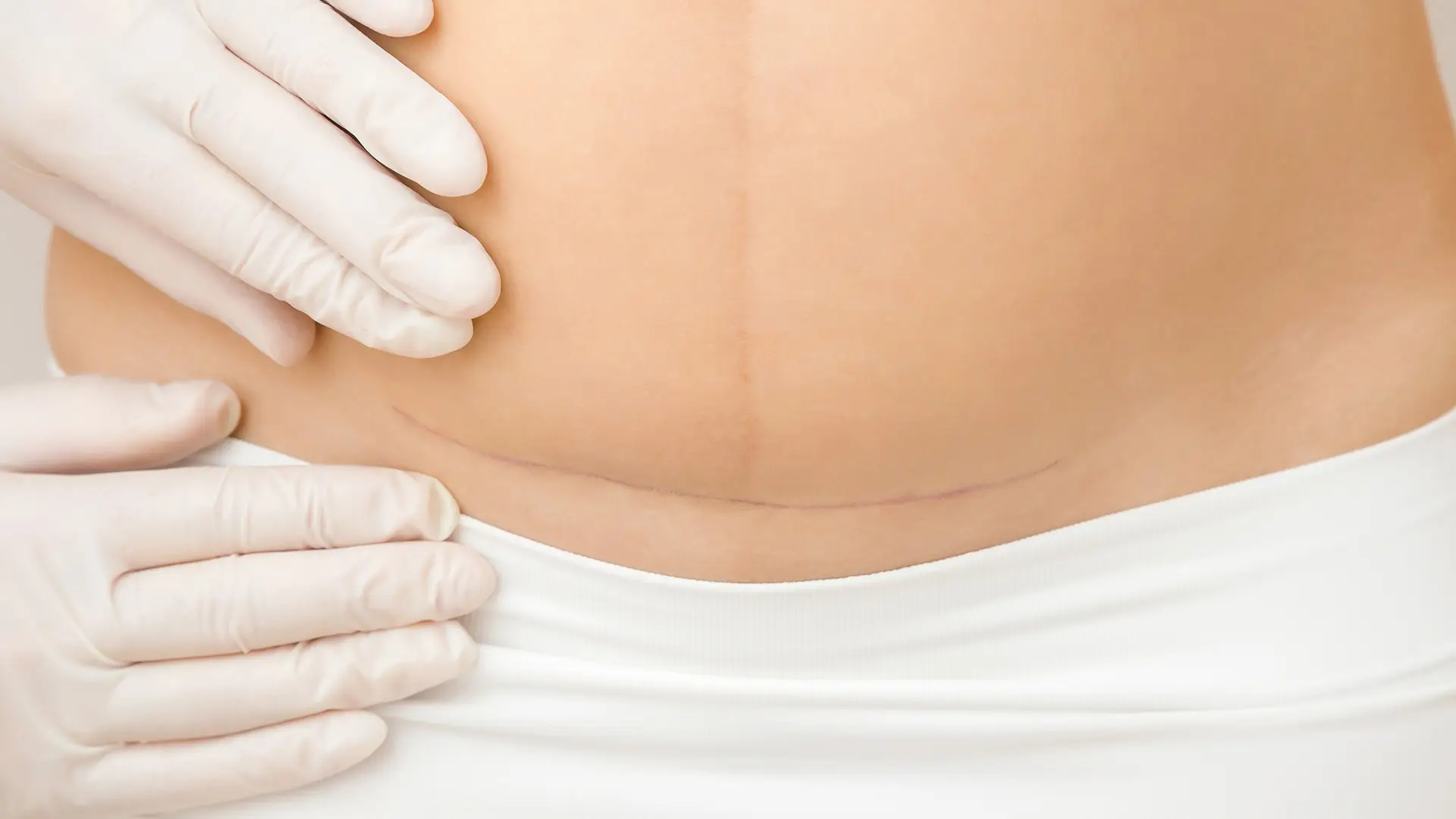
17 Jan
- 0 Comments
- PRMA Plastic Surgery
A seroma is a pocket of yellow-clear fluid (called serum) that collects under the surface of your skin following a trauma or surgery. This fluid is similar to the fluid that circulates in your blood stream known as plasma.
What Causes A Seroma?
Anytime tissues are traumatized, the body responds by saturating the affected area with serum as part of the inflammatory response. A great example of this is a fluid-filled blister. The inflammation brings in healthy white blood cells that aid in the immune response and help fight infection. This protective reaction is what causes a seroma.Who Can Have a Seroma?
A seroma is a common concern after breast reconstruction surgery but can form after a range of surgical procedures. Understanding seromas and their causes can help ease any worries. While anyone undergoing surgery can develop a seroma, women who have had tissue removal or areas of trauma are at a slightly higher risk. Here are some examples:- Mastectomy
- Lumpectomy
- Lymph Node Removal
- Hernia Repair Surgery
- Liposuction
- Abdominoplasty
What Are The Signs Of A Seroma?
Seromas typically appear several days after surgery, but they can also appear several weeks later after surgical drains have been removed. The first sign of a seroma is a lump or bulge under the skin near the surgery site. The lump may be tender to the touch but often is not painful. In larger seromas, fluid may drain from the incision site.How Are Seromas Treated?
Small seromas tend to heal on their own as the body will reabsorb the fluid once the inflammation has ceased and does not require medical treatment. On the other hand, large seromas typically require a minimally invasive treatment to drain the fluid. This procedure often involves the following steps:- During an in-office procedure, the doctor inserts a needle into the seroma site and suctions the fluid out using a syringe. This may need to be performed more than once.
- Re-insertion of a surgical drain, which is typically done with the help of our radiology colleagues
- Additional surgery may be indicated if a seroma is recurring or if it becomes infected
When Should You Speak to a Doctor
While seromas are generally harmless and often resolve on their own, it’s important to reach out to your doctor if you experience any of the following:- Increased swelling or discomfort around the surgical area
- Redness or signs of infection near the seroma
- Persistent or growing fluid buildup that doesn’t seem to drain on its own
- Fever or unusual changes in your health
What Are Signs Of Infection?
Signs of infection include:- Fevers (greater than 101oF)
- Worsening pain
- Redness
- Cloudy/yellow discharge (pus)
- General worsening of medical condition or “feeling sick”

